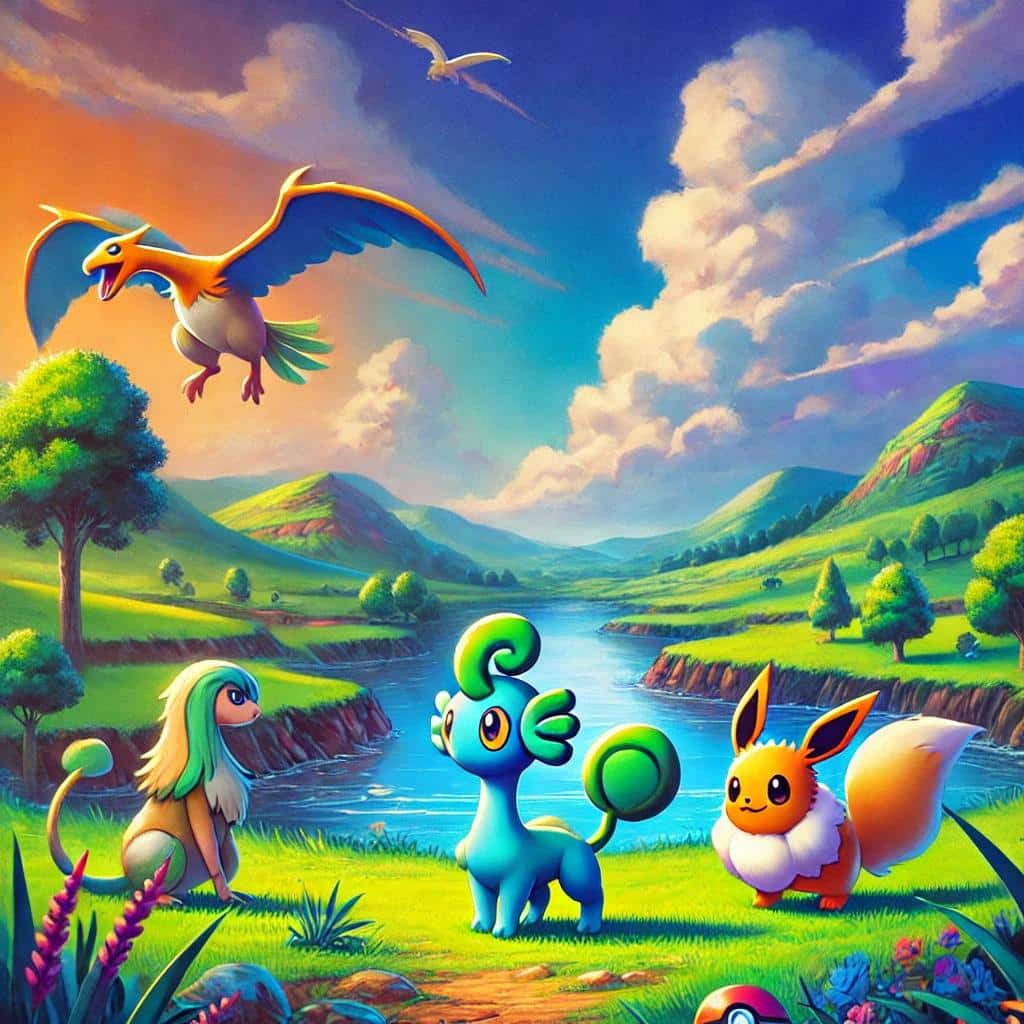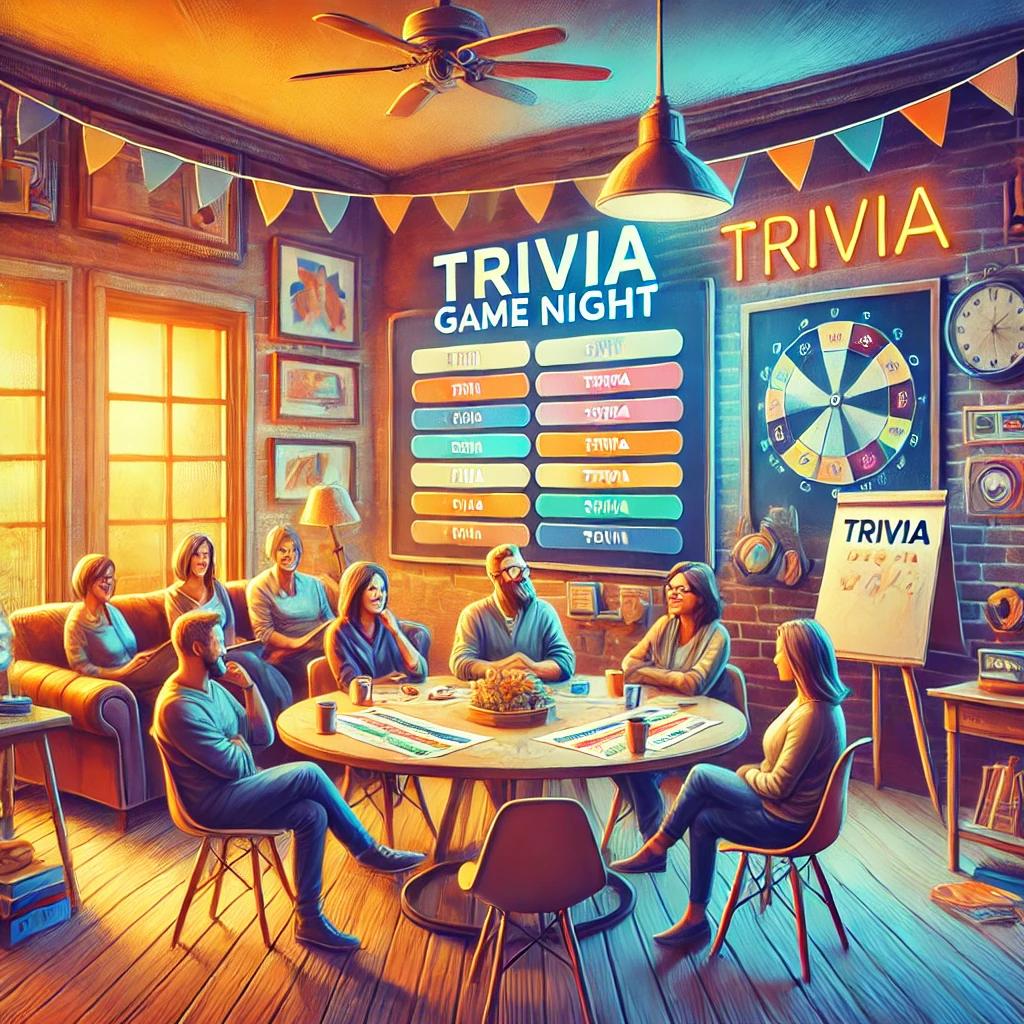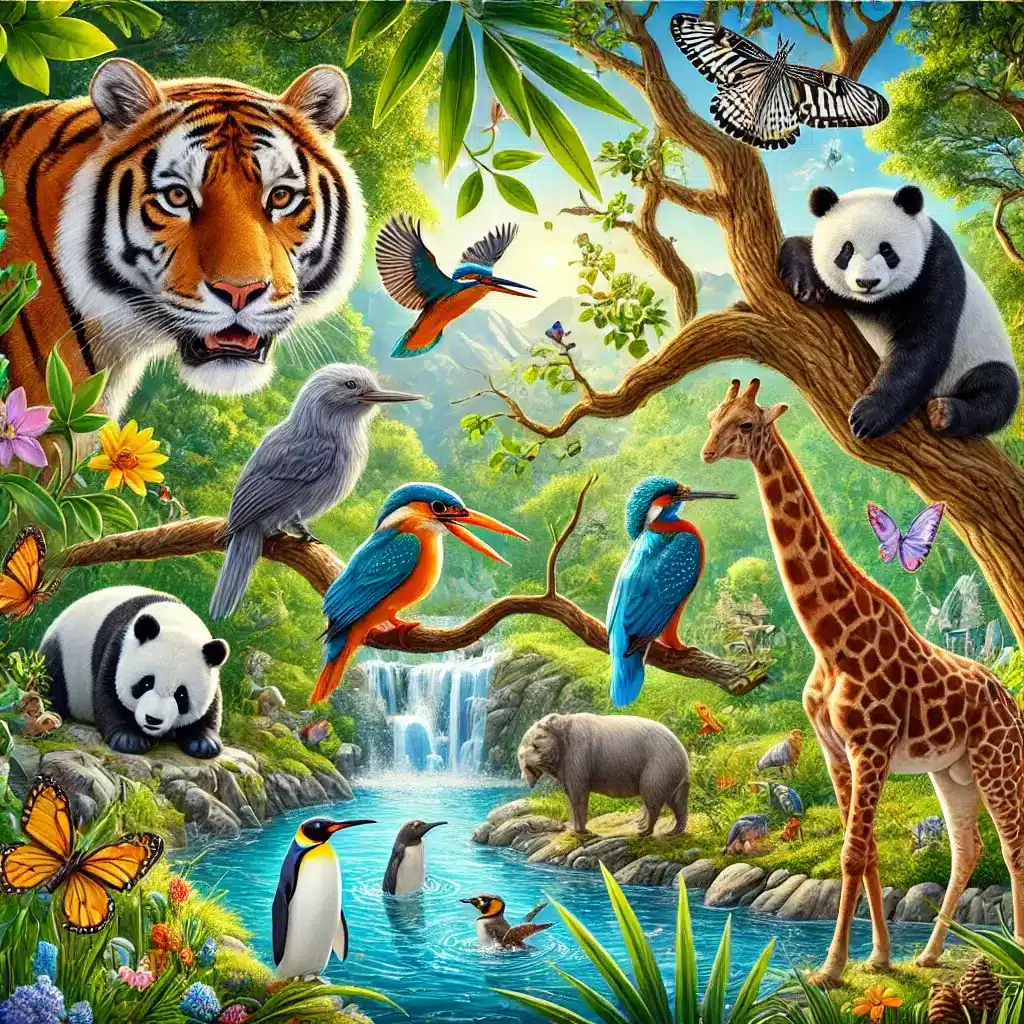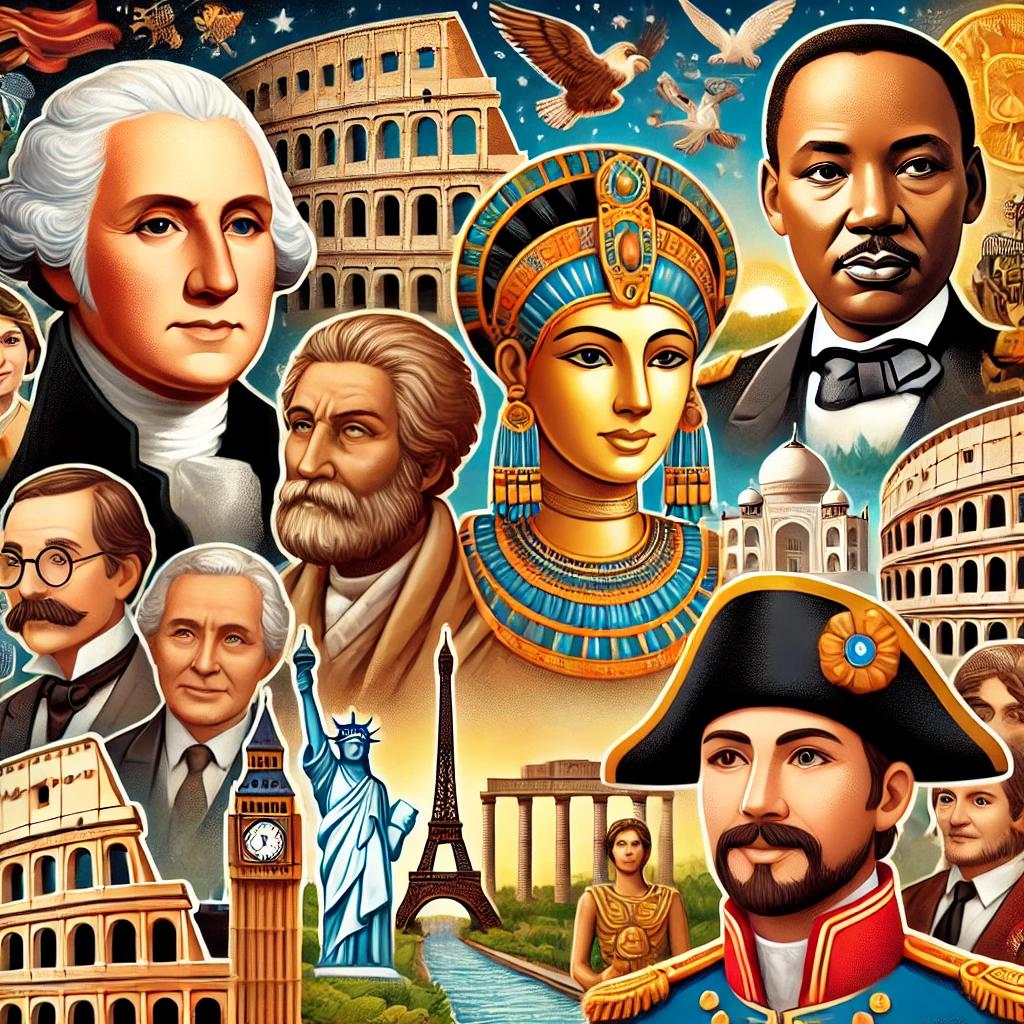Pokémon, one of the most beloved and enduring franchises in the world, has captured the hearts of millions since its inception in the 1990s. Whether you’re a veteran trainer or a newcomer to the world of Pokémon, there’s always something new to discover. Here are some fascinating facts about Pokémon that even the most dedicated fans might not know.
Pokemon fans? Let’s test your knowledge – 50 Pokemon Quiz Questions and Answers
1. Pikachu Was Almost a Different Color
Pikachu, the franchise’s iconic mascot, is recognized worldwide for its bright yellow fur. However, Pikachu’s original design was quite different. Early concept art showed Pikachu in a color much closer to a dark orange. It wasn’t until later in development that the creators decided on the yellow shade that has since become synonymous with the character.
2. The Origin of Pokémon Names
Many Pokémon names are derived from puns or wordplay in Japanese. For example, the name “Gengar” comes from “doppelgänger,” referring to the creature’s ghostly, shadow-like nature. Similarly, “Eevee” is derived from the word “evolution,” highlighting its ability to evolve into multiple different forms.
3. Cubone’s Mysterious Skull
Cubone, known as the “Lonely Pokémon,” is famous for wearing a skull on its head. According to its Pokédex entry, this skull belongs to its deceased mother. This tragic backstory has made Cubone one of the most emotionally complex characters in the Pokémon universe. Interestingly, some fans speculate that Cubone is a baby Kangaskhan, wearing its mother’s skull after her death, though this theory has never been officially confirmed.
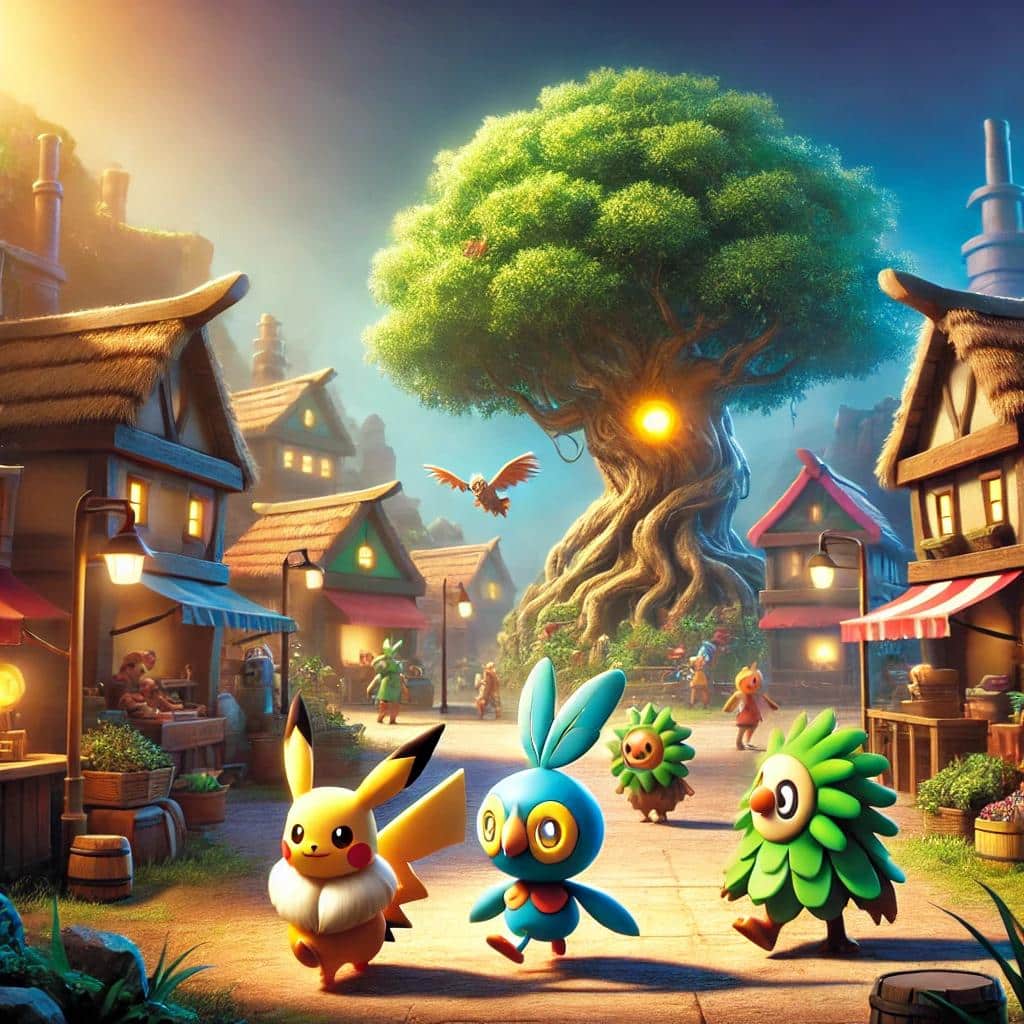
4. The Creation of Mew and Mewtwo
Mew and Mewtwo are two of the most famous Legendary Pokémon, but their origins are tied to real-world science. Mew was designed as a “bonus” Pokémon and was added to the original game at the last minute. Mewtwo, on the other hand, was created as a genetically engineered clone of Mew, reflecting the themes of cloning and genetic modification that were prevalent in the 1990s.
5. The First Pokémon Ever Designed
Rhydon holds the distinction of being the first Pokémon ever created by Game Freak. This is why you see statues of Rhydon in the early Pokémon games. Although it wasn’t the first Pokémon in the Pokédex (that honor goes to Bulbasaur), Rhydon was the first Pokémon conceptually designed, and it set the stage for the hundreds of Pokémon that followed.
6. Pokémon’s Impact on the Real World
The Pokémon franchise has had a significant impact on various aspects of popular culture. For example, in 2008, the “Pokémon theme song” was played during a U.S. presidential rally. Additionally, Pokémon Go, the mobile game released in 2016, led to numerous unexpected real-world consequences, such as players discovering dead bodies, helping catch criminals, and causing traffic accidents.
7. Pokémon Inspired by Mythology
Many Pokémon are inspired by creatures from mythology. For instance, the Legendary Birds—Articuno, Zapdos, and Moltres—are based on mythological creatures from different cultures: Articuno is reminiscent of the Roc, Zapdos of the Thunderbird, and Moltres of the Phoenix. Other examples include Ninetales, which is based on the Japanese myth of the nine-tailed fox (Kitsune), and Gyarados, inspired by Chinese dragons.
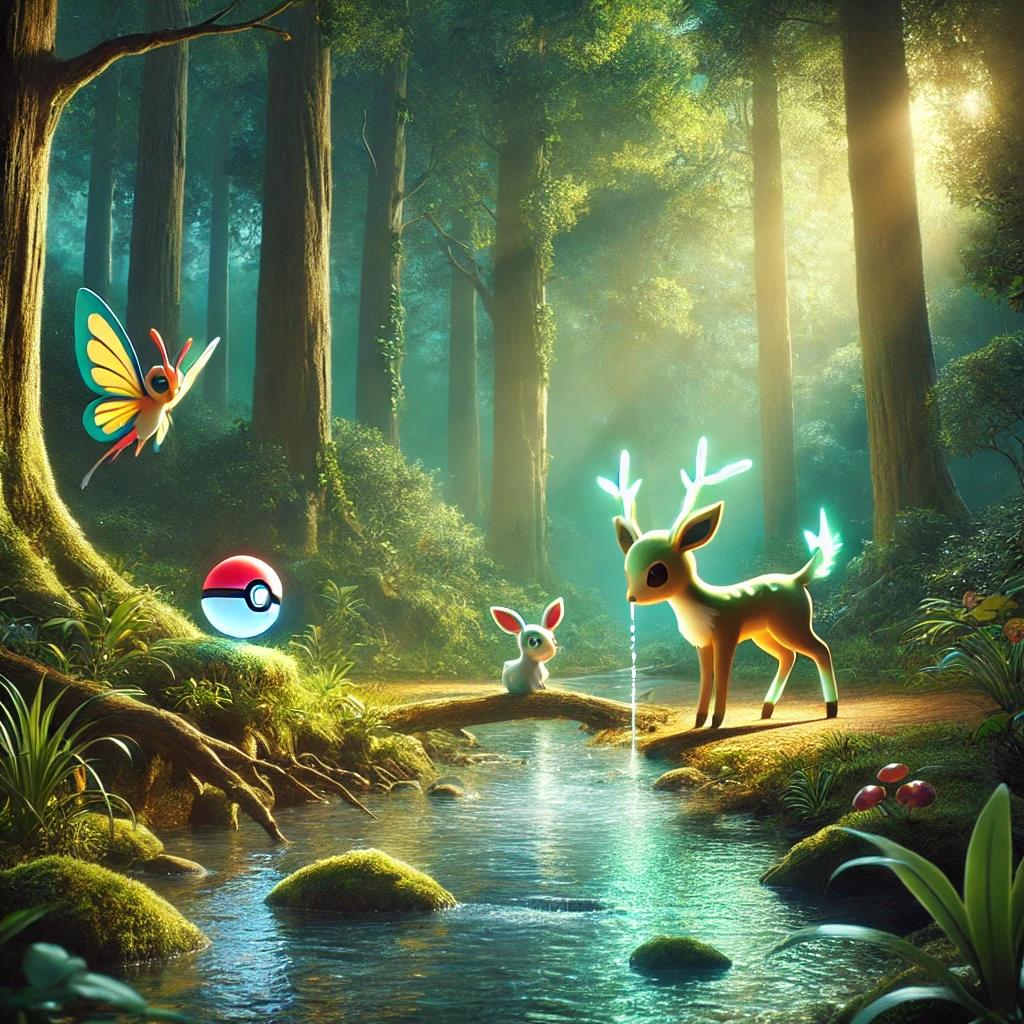
8. Pokémon Were Originally Inspired by Insects
Satoshi Tajiri, the creator of Pokémon, was inspired by his childhood hobby of collecting insects. This passion is reflected in the early designs of Pokémon like Caterpie and Weedle. Tajiri wanted to share the joy of collecting and discovering new creatures with a new generation, leading to the creation of the Pokémon games.
9. Lavender Town Syndrome: The Creepy Pasta
One of the most infamous Pokémon myths is the “Lavender Town Syndrome.” According to this urban legend, the original music from the Lavender Town area in the first Pokémon games caused children to experience severe psychological effects, leading to illness and even suicide. While this has been debunked, the eerie music and ghostly atmosphere of Lavender Town have cemented its place in Pokémon lore as one of the creepiest locations in the series.
10. Pokémon Cards Worth Millions
Some Pokémon trading cards have become incredibly valuable over the years. The rarest and most expensive card is the “Pikachu Illustrator” card, which was given out as a prize in a 1998 art competition. As of 2024, this card has been sold for over $6 million, making it the most valuable Pokémon card in existence.
Conclusion
Pokémon has a rich history filled with fascinating stories, mysteries, and cultural impact. From its humble beginnings as a Game Boy game to a global phenomenon, Pokémon continues to evolve, much like the creatures it features. Whether you’re a casual player or a die-hard fan, these lesser-known facts add another layer of depth to the Pokémon universe. Who knows what other secrets are waiting to be discovered?
